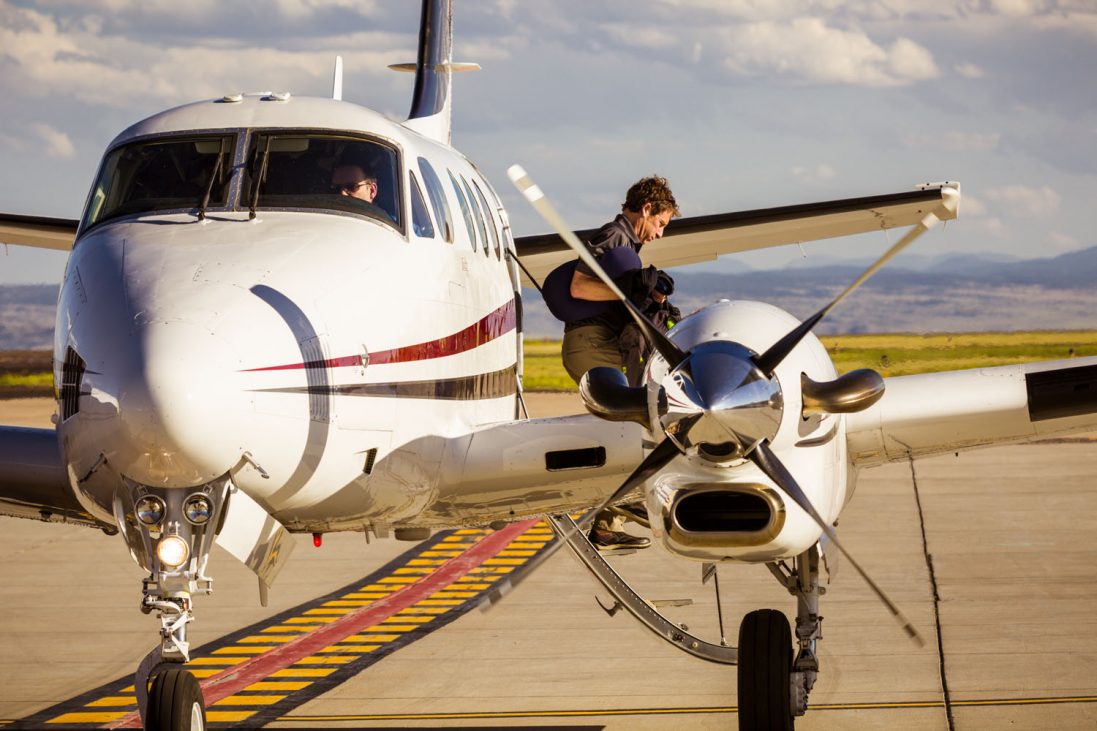
Employee use of a personal aircraft for business purposes can take a variety of forms. In many cases, the employee owns the aircraft, while in others, the employee may be interested in renting or leasing an aircraft.
Determine Your Goals
One of the first steps that you will need to take is to determine what your goals are for the utilization of a personal aircraft. These goals will vary from one situation to another. In many cases, the primary objective will be to increase efficiency and productivity while building flight time and experience. You may or may not wish to seek reimbursement from your company.
Whatever your goals are, the next step is critical – to effectively present your case to the employer, highlighting the benefits to the company and to you.
It may be helpful to create a scenario, showing how the use of a general aviation aircraft will save time and money for a particular trip versus using a commercial airline or driving. If your can provide actual costs for each alternative, the real value of using a general aviation aircraft can be driven home. Along with the productivity and financial benefits, you can document how the use of the general aviation aircraft will make your employee experience more positive.
You are much more likely to be successful in showing your employer the benefits of using general aviation aircraft if you are able to personalize the benefits listed above to your particular situation. In addition, you can focus on getting your employer to recognize your piloting skills as being a resource to the company.
Create a Company Policy
Once your employer has been convinced of the benefits of utilizing employee-flown aircraft, the next step is assisting the company in setting up a policy to facilitate the process. Putting a policy in place will benefit you and your company in several ways.
First, it is essential for the company to lay out the expectations and requirements of the employee pilot. This will allow you to more effectively and confidently evaluate potential uses of your aircraft as opportunities present themselves. It will also allow you to ensure that you are appropriately trained and equipped to comply with the requirements of the company.
For the employer, a policy is critical to ensure that the company will maximize the increased efficiency and cost savings from the program, while limiting its liability. The policy also will help ensure that the employee aircraft is used when it is beneficial to the company.
It is important that you be proactive in participating in the development of the policy. Most employers do not have expertise in regards to aviation, so you can help provide information and suggestions. When you don’t know the answers, be prepared to suggest outside sources of information to provide assistance.


 International Business Aviation Council Ltd.
International Business Aviation Council Ltd.